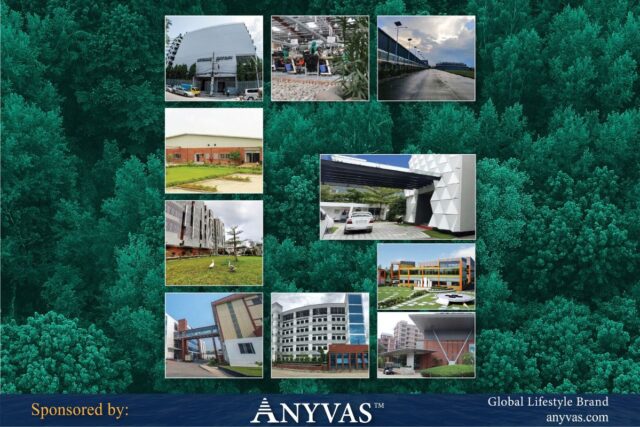Bangladesh has soared to the forefront of eco-friendly garment production worldwide, setting an unmatched standard in green factory construction. With a staggering total of 215 LEED green factories, Bangladesh stands alone in this endeavor, outpacing any other nation. Among these, 81 hold Platinum certification, 120 are adorned with Gold, while 10 boast Silver, and 4 are duly certified. Pakistan (nine) and India (eight) have the second and third greatest numbers of LEED certified green garment factories, respectively.
A remarkable 55 out of the world’s top 100 green factories call Bangladesh home, solidifying its position as a leader in sustainable garment manufacturing. Additionally, approximately 500 more factories are in the pipeline to undergo the transformation towards eco-friendliness. Entrepreneurs within the industry assert that the proliferation of green factories is enhancing Bangladesh’s apparel sector’s reputation on the global stage.
Bangladesh is the global leader in the green apparel sector after yet another domestic manufacturer received the Leadership in Energy and Environmental Design (LEED) green accreditation from the US Green Building Council (USGBC). The most recent addition to this prestigious roster is the Fashion Makers Ltd. in Gazipur’s Sreepur, which clinched Platinum status. The Fashion Makers certification, with a remarkable score of 81 points, marks the latest milestone in Bangladesh’s journey towards sustainability. This achievement brings the tally of green factories in the country to 215, a testament to its commitment to environmental stewardship. Among these, platinum reigns supreme, followed by gold, silver, and certified facilities.
Garment industry leaders in Bangladesh affirm that the sector is diligently addressing the pressing challenges of sustainability, climate change, and resource depletion. The shift towards green factory practices gained momentum in the aftermath of the Rana Plaza tragedy in 2013, which claimed the lives of 1,134 individuals and injured over 2,000 in Savar. This catastrophic event laid bare the vulnerabilities within Bangladesh’s garment industry, prompting a concerted effort towards environmental responsibility.
Since 2011, Bangladesh has been issuing certifications for eco-friendly garment factories, but it wasn’t until after the Rana Plaza disaster that the imperative for sustainability gained widespread traction. The number of certified green factories surged from two to three before 2013 to 11 to 30 the following year. As of mid-April this year, nine more factories have joined the ranks of eco-friendly establishments. This concerted push towards sustainability is not only enhancing Bangladesh’s global reputation but also highlighting its prowess in the garment industry.
Above all, these LEED-certified green garment factories are not only contributing to Bangladesh’s branding in the global garment market but also showcasing the industry’s capabilities on the world stage. Bangladesh has emerged as the undisputed champion in green garment factories, surpassing all others in this vital aspect of sustainable manufacturing. Even China, the world’s foremost garment producer and exporter, lags behind Bangladesh in this regard, underscoring the nation’s remarkable achievements in sustainable garment production.
Read more write-ups of this author: Click Here

About The Author:
Mirza Rakib Hasan Shovon
Managing Director & CEO
Aristo Tex International
To read more from the Editorial section: Click Here.

















